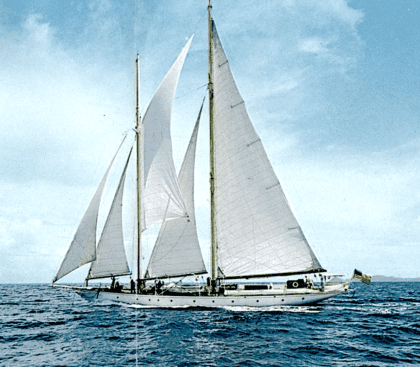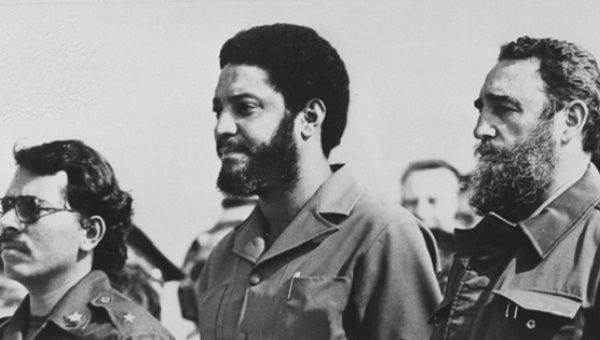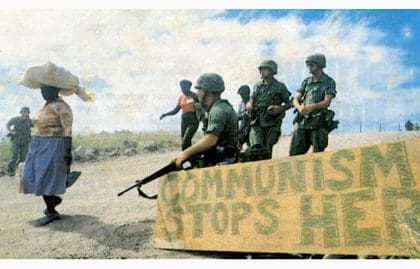🎶🎤🎶
SONGS
for voice & guitar
by Marcus Parsons
🎶 Sad-eyed Lady
To listen to more songs from Hello to the Future, click here.
Sad-eyed Lady comes with a story. I like to let my music speak for itself, but I believe this story is worth telling. See what you think. You can find it below, after the lyrics.
You know that you love me
and you should come with me
out to the ocean
where a great ship sails
She’s sailing to San Salvador
and then well who knows where
but she can sail forever
if there’s no place to go
Sad-eyed lady
won’t you come with me
Your home is gone
so come along
A lightning bug flies
through the ashes of your home
You see a lighthouse in your mind
Yes you know you’re not alone
So your friends have gone away
to new places near and far
But the best of them
will be together again
with me upon the sea
Sad-eyed lady
won’t you come with me
Your home is gone
so come along
Yes where you gonna go
from here my love
this country or that
or that island over there
For me you know there’s no place
but here upon the sea
Here all people are free my way
and here I’ll always be
Sad-eyed lady
won’t you come with me
Your home is gone
so come along
Sailing sailing over the sea
warm on the deck and the stars over me
Friends sing along while I play my guitar
People must be happy to be what they are
It’s too late to sing any more any more
This darkness has shapes and sounds that quiet me
I’m going to go to sleep and in the morning go away
I can leave what I have to leave behind me
Sad-eyed lady
won’t you come with me
Your home is gone
so come along
A Story
Sad-eyed Lady comes with a story. I like to let my music speak for itself, but I believe this story is worth telling. See what you think. You can find it below, after the lyrics.
I wrote Sad-eyed Lady for a feature film I directed and acted in back in 1970. The movie was set in the present day, when the Vietnam War was raging. In the movie, many people in the U.S. have concluded that our country’s bedrock principles and values have become irrevocably corrupted. (The war in fact did lead many people to think along those lines.) Word spreads of a beautiful schooner sailing the U.S. coasts, putting ashore here and there, picking up people who want to sail away and re-establish somewhere else what the country has lost. We filmed the movie in the Caribbean, around the island of Grenada. Much of it took place aboard this classic, 137-foot, 1915-era yacht, the Janeen, which we renamed the Sad-eyed Lady.:

A few weeks into the filming, the project was cut short. The eccentric local dictator (in a speech to the U.N., he professed relationships with extraterrestrials) had heard from his spies that our performers and crew were generating excitement and admiration among the locals. His spies were right. We were a free-spirited bunch of attractive young actors, musicians, and crew, many of us dressed in hippie regalia of the time. (I sometimes wore a white, Indian cotton shirt; pink, wide-wale, corduroy pants; sandals; and reflector shades. Sheesh.) A few of us lived on the boat, including me, but most lived in a cottage colony on the shore near St. George’s, the island’s capital town. We went to town often when we weren’t filming. There, crowds of people gathered around us and followed us through the streets smiling, laughing, and dancing, treating us like celebrities.
The dictator didn’t like that, and thought we might be a threat to his rule. One afternoon when we were filming offshore, he sent a motorboat fleet of bare-chested thugs with clubs, and uniformed police with pistols and rifles, out to our boat. They came aboard, arrested us, stole many of our valuables, and, at gunpoint, hauled most of us (the shore residents) ashore and locked us up in the island’s 300-year-old stone prison.

The prison was in an historic fort perched on a clifftop at the entrance to St. George’s harbor. The lockup was a nasty place. It was maybe 20-feet square. There was no light inside except for daylight through a small barred window in the wooden door (above). There was no furniture except for a filthy pee & poop bucket in one corner. Clearly, the floor was where prisoners’ pee and poop often ended up. Anyone who didn’t want to sit down on it had to stay standing.
After several days, we made bail, which cost us all our money. Though broke, we had to stay on the island for several weeks, awaiting trial. The government sent us to live in an abandoned leper colony on a remote coast. There were no doors there, no windows, and only enough electricity for a few bare lightbulbs and an old phone. We slept on dusty concrete floors. Despite help from sympathetic natives, we never had enough to eat.

The trial was brief. We were freed, thanks to the efforts of Maurice Bishop, a charismatic, British-educated, Marxist lawyer and native of the island who had the courage to represent us. He had recently returned from London, where he had earned his law degree at ZO, been a founder of the Legal Aid Clinic for the West Indian community in Notting Hill. (Familiar to those of you who have seen Small Axe, Steve McQueen’s remarkable film anthology.)

A few years later, as instigator of the Caribbean’s most vibrant Black Power movement, he engineered a coup, and became the island’s revered leader (above, with Fidel Castro). He died by firing squad in a subsequent coup, which was soon followed by an anti-communist (and typically racist and xenophobic?) intervention in the tiny island by the U.S. Marines, ordered by then-president Ronald Reagan.

Another thing may have helped free us: a phone call—innocuous and entirely personal, but no doubt tapped—that my loving father, a senior U.S. Army colonel with the Joint Chiefs of Staff, made to me at the time from his office in the Pentagon.
Having spent all our money to pay our bail, the movie was never completed.
TOP⬆
![]() CONTACT / SUBSCRIBE
CONTACT / SUBSCRIBE
To be notified when new works arrive, sign up
for the every-month-or-so newsletter